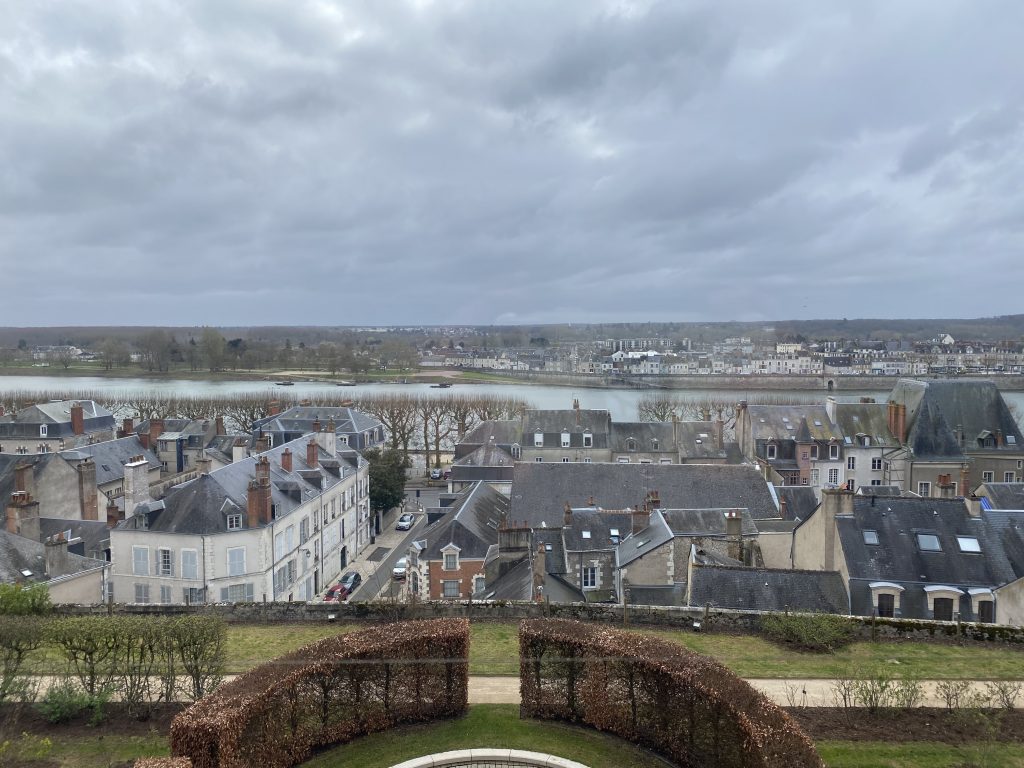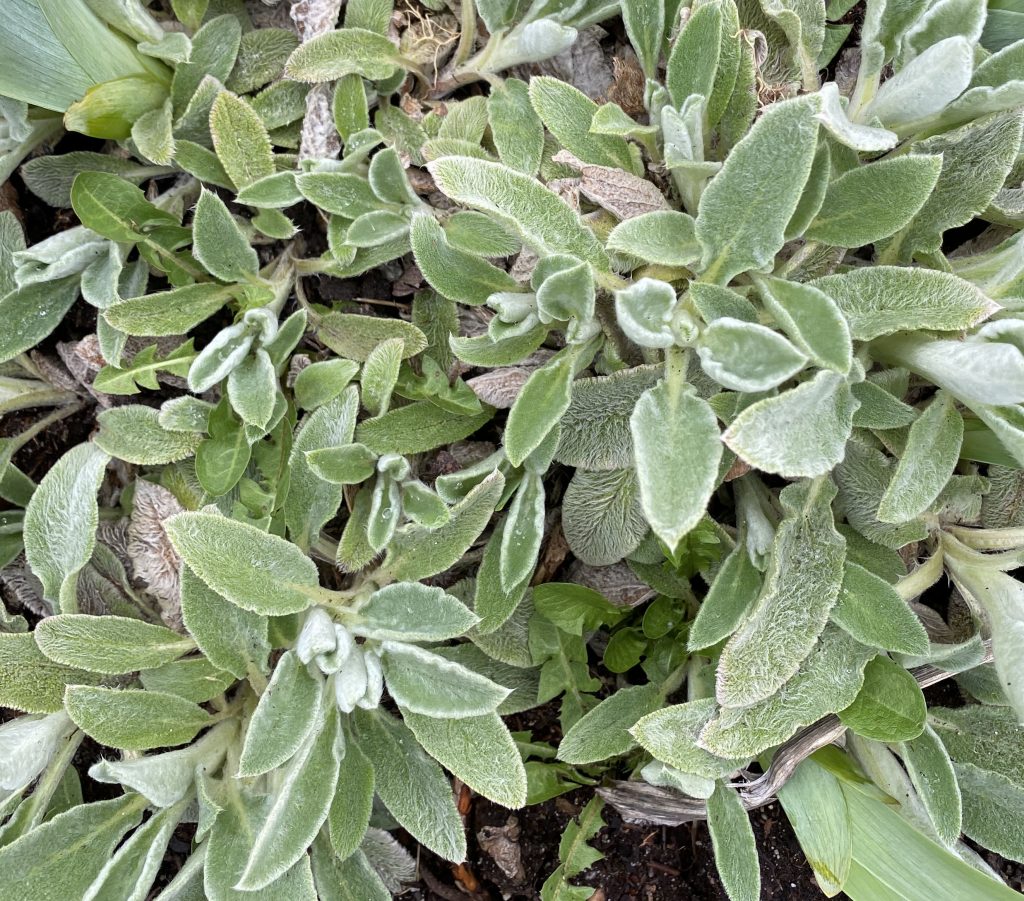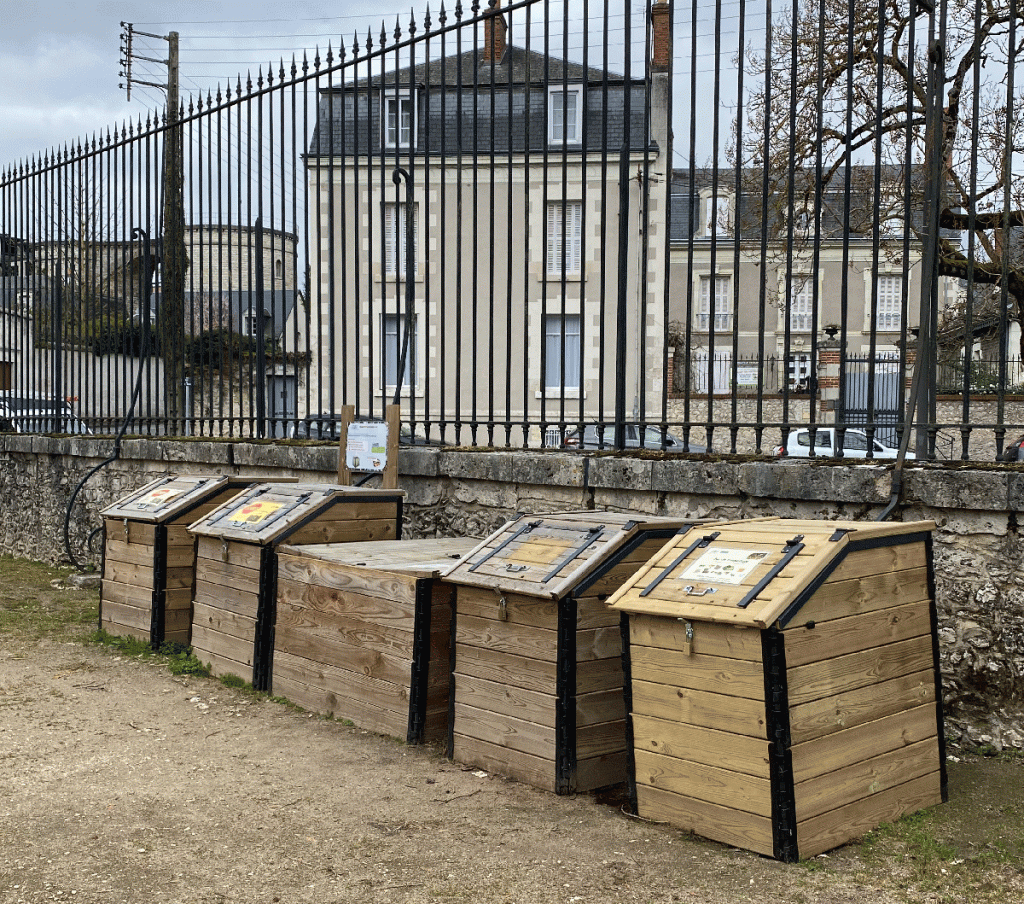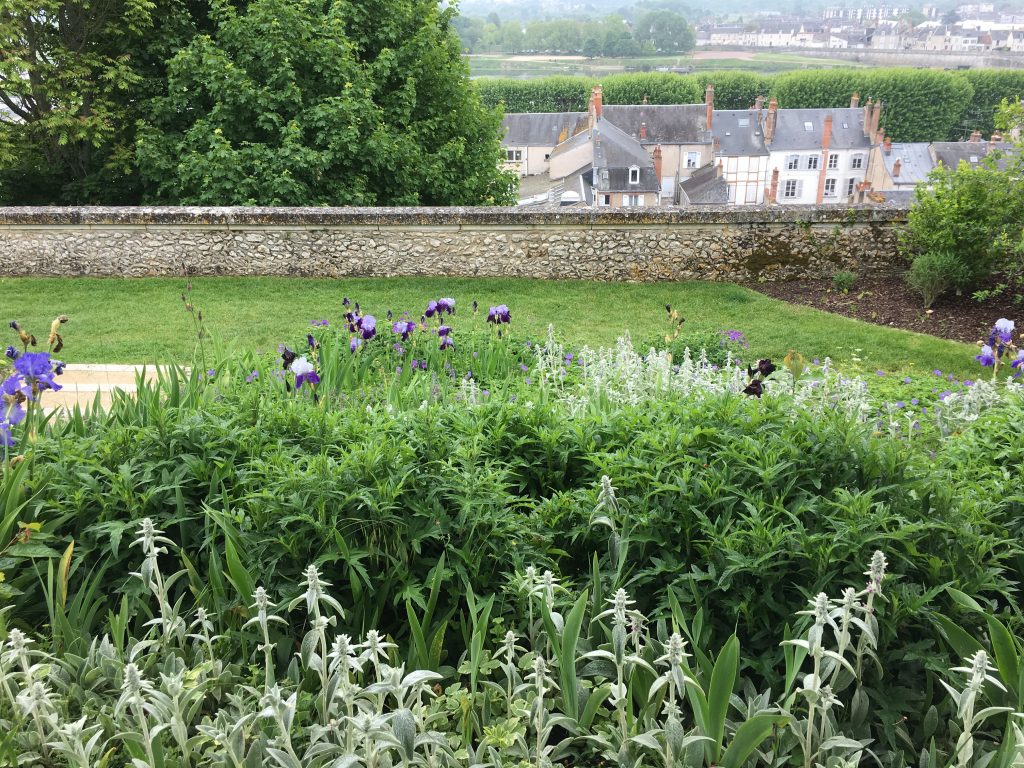Today is the anniversary of our first Covid19 lockdown in France. We arrived home from our holiday in Crete at 2 pm, just two hours after the closure of all non-essential venues, with outings restricted to one hour a day for exercise and essential shopping. At the present, in Blois, mask-wearing is compulsory in built-up areas, while restaurants, cafés, bars, hypermarkets, museums and all cultural venues are closed and there is a curfew between 6 pm and 6 am. Vaccination has begun but we are too young and too healthy to qualify.

This morning, I am off to the Town Hall to interpret for a wedding, limited to 30 people, with everyone wearing masks. There are about 15 people present altogether in the big empty “wedding” room with its stunning view of the Loire. In France, marriages must take place at the Town Hall first, even if there is to be a religious ceremony. If either of the spouses does not speak French, an sworn interpreter must be present. The bridegroom today is a professional basketballer from the US and the bride is from Belgium.
I arrive early and park next to the Bishop’s Gardens (the Town Hall used to be the bishop’s palace) and wander through my favourite mauve and white garden, which is beginning to show signs of life with the coming of spring.

I notice a flourishing plant that seems to be sprouting up everywhere and take a photo. I’m always looking for new plants for the garden at home and our holiday rental garden.
A little further along, I see a municipal gardener walking towards his truck. I ask him if he can identify a plant for me on my phone. He immediately says, “That’s stachys lanata – rabbit’s ears (oreille de lapin). It has a white flower and grows about 30 to 50 cm high, but it’s mainly used for its decorative leaves. It doesn’t need much watering.” I thank him and repeat the name of rabbit’s ears. He adds that it is also called bear’s ears (oreille d’ours).

I ask if it works well in clay soil. He assures me it does. He then proposes to give me some but can’t find his shovel and looks around for a substitute. I explain that I have to go and interpret for a wedding so will hide the plant somewhere so I can get it on the way back. He points to some compost bins at the other end of the garden near where my car is parked and says he’ll put some in a bag for me and leave it behind the bins.
After the wedding, which is a very joyful affair despite the Covid restrictions, I see the gardener again and he tells me the bag is waiting for me.

When I open it, I discover that I have enough plants to cover quite a large stretch of border in my garden! In English, oreille de lapin is known as lamb’s-ear or woolly hedgenettle.
Now wasn’t that nice of him?



